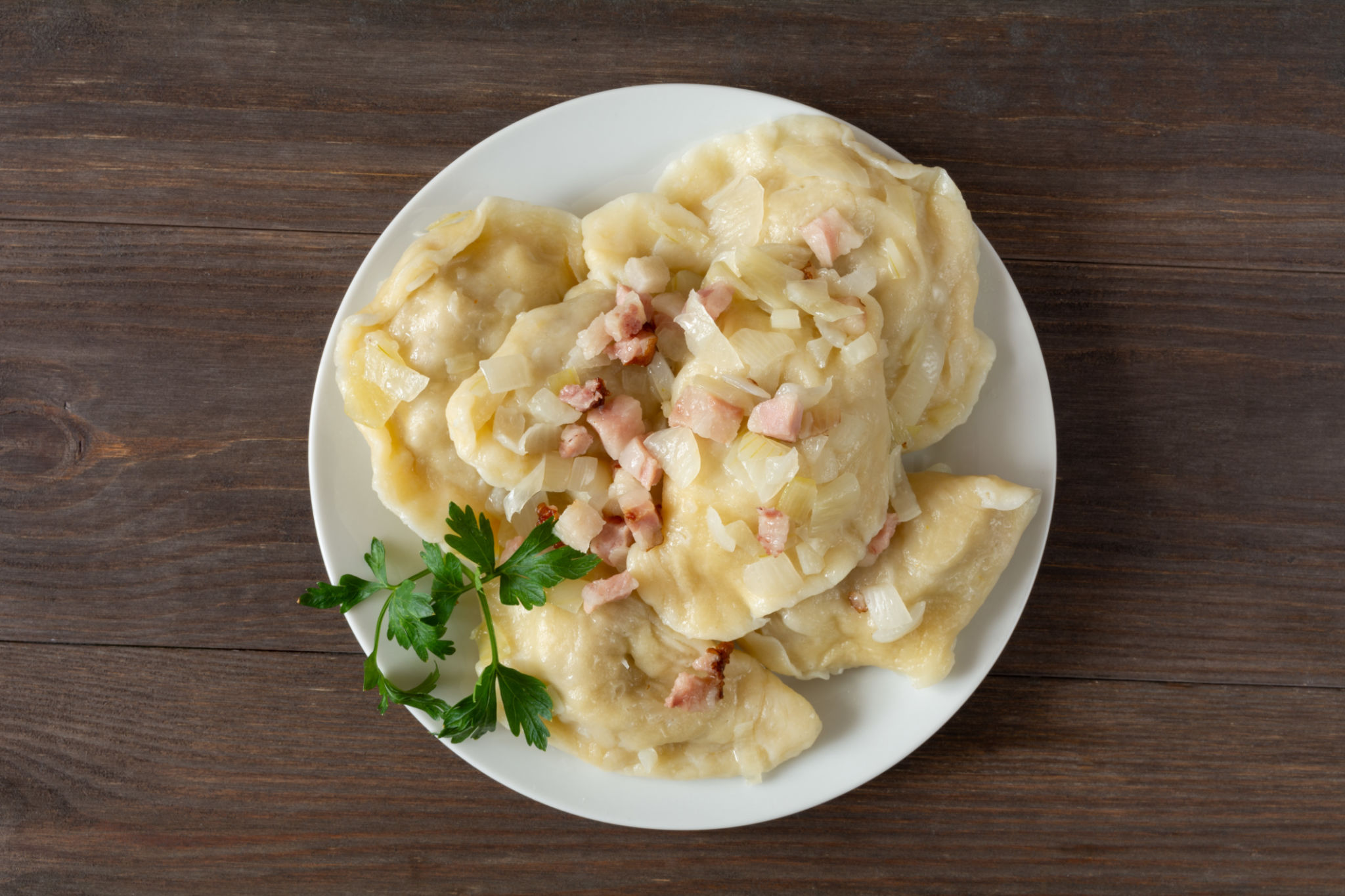Fat Dumplings vs. Traditional Dumplings: What Sets Them Apart?
Introduction to Dumplings
Dumplings are a beloved dish across various cultures, known for their comforting taste and versatility. They come in numerous forms, each with its unique characteristics and flavors. Among the popular types are the traditional dumplings and the increasingly popular fat dumplings. While both are delicious in their own right, they offer distinct experiences to the palate.
In this blog post, we will delve into the differences between fat dumplings and traditional dumplings, exploring what makes each type special. Whether you're a seasoned dumpling enthusiast or new to the world of dumplings, this guide will enhance your appreciation for these delightful morsels.

What Are Traditional Dumplings?
Traditional dumplings have been a staple in many cuisines for centuries. They often feature a thin, delicate dough that encases a filling, which can range from meat and vegetables to sweet ingredients. These dumplings are typically bite-sized, making them perfect for appetizers or snacks.
The cooking methods for traditional dumplings vary, including steaming, boiling, or frying. Each method offers a different texture and flavor profile, catering to diverse tastes. Some well-known examples include Chinese jiaozi, Japanese gyoza, and Polish pierogi.
Popular Varieties of Traditional Dumplings
- Jiaozi: A Chinese dumpling often filled with pork, cabbage, and ginger.
- Gyoza: Japanese dumplings known for their crispy bottoms and juicy fillings.
- Pierogi: Polish dumplings that can be savory or sweet, typically boiled or pan-fried.

The Rise of Fat Dumplings
Fat dumplings have gained popularity for their hearty and satisfying nature. As the name suggests, these dumplings are larger and often feature thicker dough compared to their traditional counterparts. The increased dough-to-filling ratio provides a chewy texture that many find appealing.
While traditional dumplings focus on balance and subtlety in flavors, fat dumplings often emphasize bold and robust tastes. This makes them an excellent choice for those who prefer a more substantial bite. They can be found in various cuisines, including Chinese baozi and Tibetan momos.
Notable Types of Fat Dumplings
- Baozi: A Chinese steamed bun filled with savory ingredients like pork or sweet fillings such as red bean paste.
- Momos: Popular in Tibet and Nepal, these dumplings can be steamed or fried and are often enjoyed with spicy sauces.

Comparing Flavors and Textures
The primary distinction between fat dumplings and traditional dumplings lies in their flavor profiles and textures. Traditional dumplings often have a delicate balance of flavors, allowing the fillings to shine without overpowering the palate. Their thin wrappers contribute to a light and airy texture.
In contrast, fat dumplings deliver a more robust flavor experience. The thicker dough provides a satisfying chewiness, while the fillings are often more intensely seasoned. This makes them ideal for those who enjoy bold flavors and hearty meals.
Choosing the Right Dumpling for You
Your choice between fat and traditional dumplings may depend on personal preference and the occasion. For light appetizers or snacks, traditional dumplings are an excellent choice. However, if you're looking for something more filling and substantial, fat dumplings might be the way to go.
Both types of dumplings offer unique culinary experiences that can satisfy different cravings. Whether you prefer the delicate nature of traditional dumplings or the hearty appeal of fat dumplings, each brings its own charm to the table.
